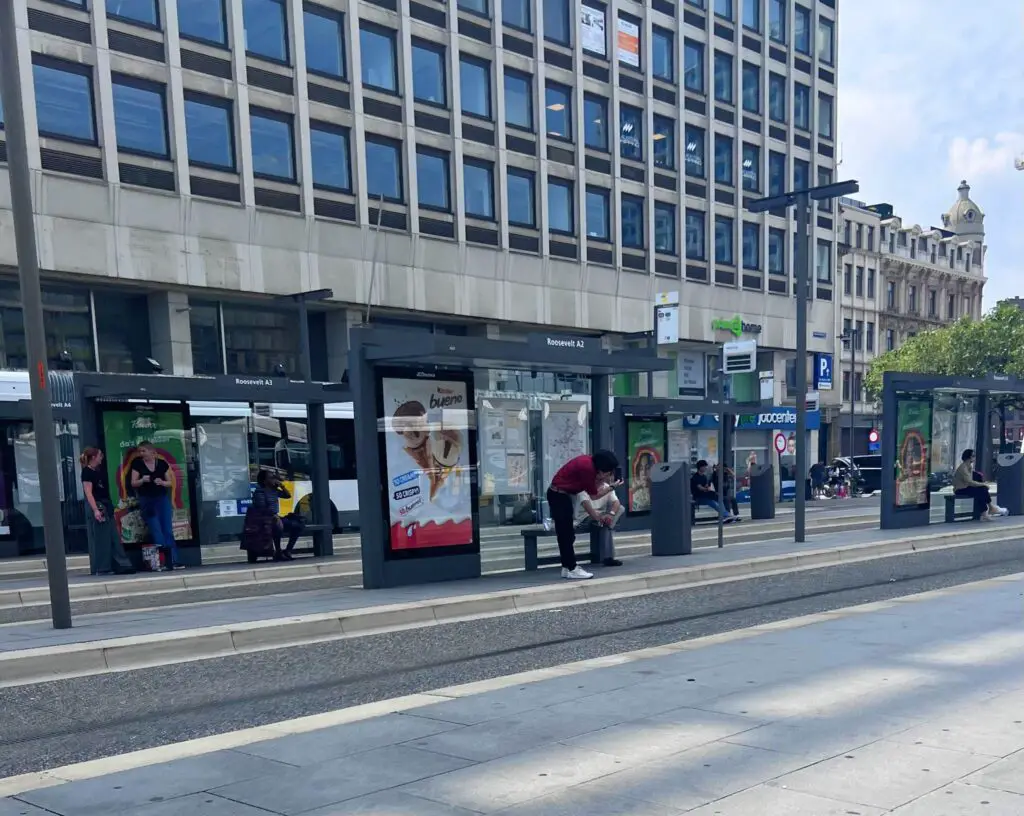Largely people use transport services for public travel. In developed countries, there are well-managed urban services whereas in poor states urban transit systems are unplanned. That is why European transportation services are more organized than Asian transportation. Here are some differences between European and Asian transport.
Petrol and electricity
In Europe buses, taxis, and trains work with petrol, but metros (trams) work on electricity. In some states of Asia, all public and private use only petrol due to load shedding and no use of electricity for subways.
Fares of civilian transport services
It is a benefit for citizens that Western countries offer ‘Abonnement’ a subscription known as passes for civilians to pay less and travel more. Whereas in Eastern lands passengers buy entire tickets whenever they tour. No reductions, no discounts, and no pass is for anybody. In Asian countries, when fares increase no one knows whereas in European states fares increase double in price after 10 years which citizens are aware of.

Taxi and rickshaw
As taxis are the most expensive transport in Eurasia, fewer people use taxis. There is no rickshaw service in Europa. However, taxis and rickshaws are prevalent public transport services in Indo-Pak countries and typically people can afford it.
Trains travel difference
Train means traveling to other cities or neighboring countries worldwide. In Eurasia, it is also a little pricey than airplanes. Most Europeans love to trips by rail which is why trains mostly remain full. On the other hand, train travel in East Asia is less costly. Moreover in Europe, rails are tidy and hygienic with automatic doors. On the other hand, East Asian trains are so filthy with ordinary doors that anybody can open them.
Gates or doors
For passenger safety, European buses and metros have automatic doors that only open when the bus driver opens them. On the contrary, some Asian automobiles and tram gates always remain open which is dangerous for passengers.
Stops/Terminals
Europe has well-managed transport services. They have proper stops for buses and trams. Passengers can step in and step out on the terminal only and there is a rule to let the wayfarer step out first and then let other passengers step in. Whereas Asian poor countries do not have this principle anyone can enter without letting other’s foot out also there are no appropriate terminals sometimes wayfarers want to step out of any place before stopping and the driver does let them or irregularly the chauffeur not stop the bus at the main stop.
Timing & punctuality
Western public vehicles most of the time come on time but Eastern transports always arrive late and sometimes two or three buses come at the same minute. The transport services are non-punctual.
Timetable of urban network
In Europe, a timeframe of buses and trams always sticks at every terminal and also the bus or tram network which shows their routes. Routinely automobiles come after 20 minutes. The citizens can review the timing of the automobiles by scheduling to know when the vehicle will arrive. In Asia, there is no such type of scheduling as transports come after 20 minutes, and sometimes civilians wait a lot, for that reason, they ask locals about the departure of the last bus.
Pause or break of transportation
In Europe drivers and buses only take a break at the last stop of an automobile whereas, in Indo-pak, automobiles remain on pause whenever drivers want. There’s no rule for taking a break or pause or rest.
For trains, as the European railway is easy to travel, there is appropriate timing for rails so that rail trips are effortless. Departure and arrival of railways are mostly on time. However, in India-pak the wayfarers rarely meet such timetables as they always ask the duty officer when the rail will arrive. That is why delays of trains in departure or arrival are very common.
Speed of automobiles
In EU countries, drivers must follow 80 to 100 km/hour speed as this velocity does not cause accidents and pollution. In Asia, driving at high speed with no rule of momentum is normal. And as fast as a driver can drive it depends on the driver that is why casualty rates increase almost every day and impurities too.
These points prove that European transport services are better than the Asian transit system. Civilians are also satisfied with Eurasia transportation service as public travel every day urban transport must be well organized in every country for wayfarer’s safety.


5 Replies to “Asian & European transport services differences”